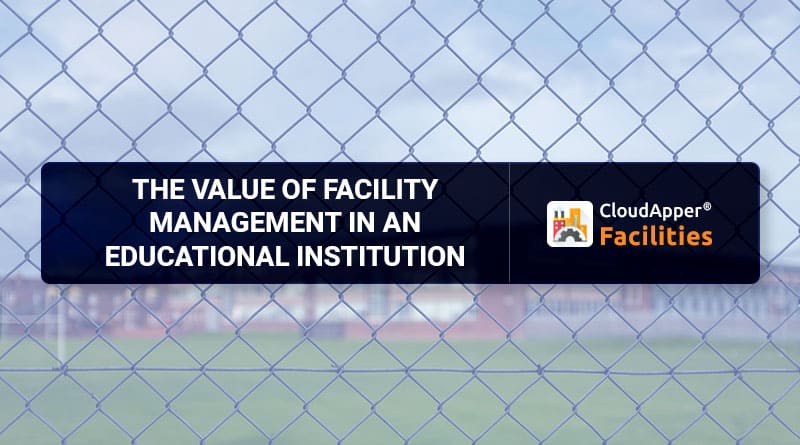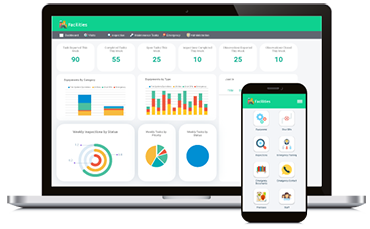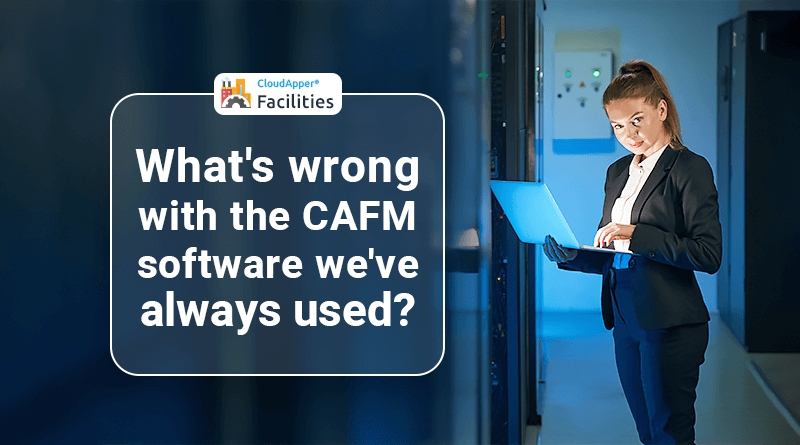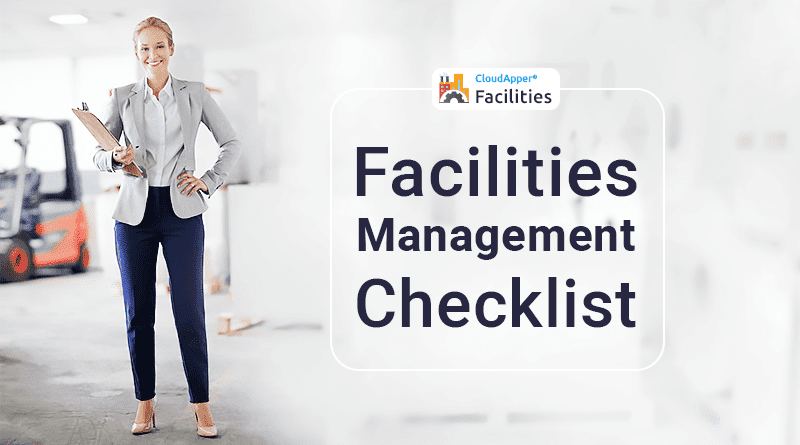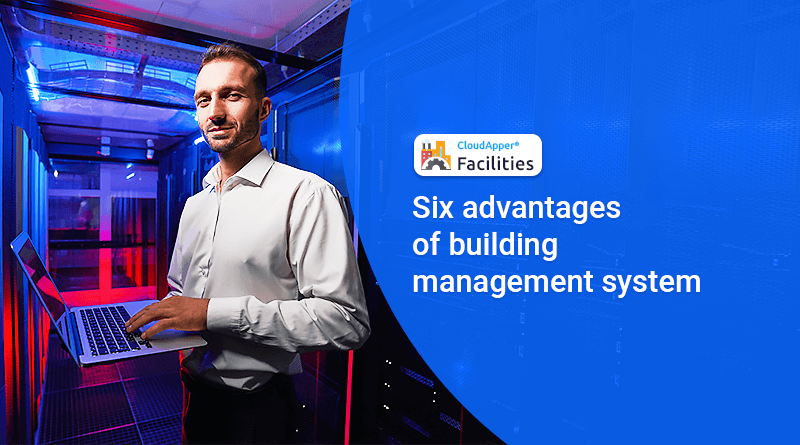Universities and schools are more than just structures that offer education. In fact, they are essential components of the students’ learning processes. The condition of the environment that children learn in is crucial and influences their quality of learning. This is also a significant factor for the staff and other community members. Studies have proven that schools with well-maintained buildings can increase the time teachers spend teaching and lower teacher turnover by up to 25%.
An ideal environment for a building is adequately ventilated, well-lit, safe, easily accessible, and visually pleasing. It’s reasonable to believe that an ideal environment will let everyone within the building experience ownership and security and even a level of individualization. This could include designing unique seating arrangements to decorate classrooms and common spaces and dictating the teaching methods used by teachers.
It is essential to remember that school facilities are not just limited to the physical structures but also essential components like electricity, plumbing, security, telecommunications, and fire security systems. In addition, the athletic fields and playgrounds that are greatly favored by all age groups need to be given thorough and constant maintenance throughout the year.
Here’s an overview of what role an integrated facility management (FM) system can play in educational institutions.
1. Cleaning Up Buildings
Maintaining schools is a multifaceted process. In general, maintenance of electrical systems for air conditioning, lights, fans, and elevators requires regular surveillance. A constant check is also required for the water supply and the quality of gas and plumbing throughout the building.
It could be a daily job, but planned preventive maintenance can be a huge benefit in these instances. Regularly checking up, assessing, and evaluating the performance of equipment can be done through the right approach to managing facilities. Most importantly, this kind of maintenance may prolong the life of school buildings as well as related equipment.
2. Well-being and Health
The general health of the student body and teachers is vital. If any aspect of the school environment causes the deterioration of physical or mental health, the school’s administration is likely to be confronted with a flood of concerns from family members concerned.
Poor ventilation, in conjunction with non-treated water or infrequent garbage collection, maybe the main cause of a wide range of diseases and infections. To avoid issues, facility managers usually work along with administrators of schools to oversee repairs, carry out risk assessments, and inspect equipment for HVAC, water purification, and waste disposal facilities. This goes a long way toward ensuring a healthy campus.
3. Emergency Procedures
It’s never a bad idea to have a plan for the worst-case scenario. Schools need to be prepared since they have responsibility for the entire staff and student body. Emergencies such as earthquakes, fires, and power outages usually happen unexpectedly.
In this respect, the facility management software could aid in planning regular risk assessment procedures. The procedures typically include finding fire extinguishers in the user manual for alarms and fire hoses and the locations of emergency shut-offs for circuit boards as well as backup power sources. Of course, the school’s administration and the teaching staff are crucial to this by organizing regular fire drills to test emergency alarm systems and student preparedness.
4. Security
The process of creating a safe learning environment begins with ensuring the safety of all students on the school premises. The facility management software could play an important role in offering security solutions to educational institutions. The majority of software for managing facilities provide, for instance, mobile applications for maintenance personnel or even teachers, notifying them of safety issues on school campuses everywhere. These kinds of facilities are particularly useful for larger campuses.
Other systems that are equally important comprise near-field communication (NFC) or QR codes for entry systems used by the teachers to stop non-authorized persons from entering the building. The Visitor Management System (VMS) is a popular system that is installed in many school structures to prevent trespassing.
5. Pre-planned maintenance
Maintenance that is scheduled regularly is the best option for large structures like colleges and universities. Pre-planned or planned preventive maintenance allows inspections to take place on a daily, monthly, or even annual basis.
Integrated facility management software will schedule regular cleaning and maintenance, taking care of the grounds and landscaping of gardens, and more permanent maintenance like repainting structures or fixing damaged furniture.
The use of facility management software in schools is a digital solution to ensure more efficient maintenance. It is a significant way to decrease the school’s maintenance and repair budgets. It could also help schools meet their sustainability targets by optimizing their use and reducing expenses for resources such as gas and energy. Overall, the use of software for facility services could significantly increase the lifespan of school buildings.
If done correctly, facility management can positively impact a school’s culture, improve the teaching environment, and help every student’s educational journey.

